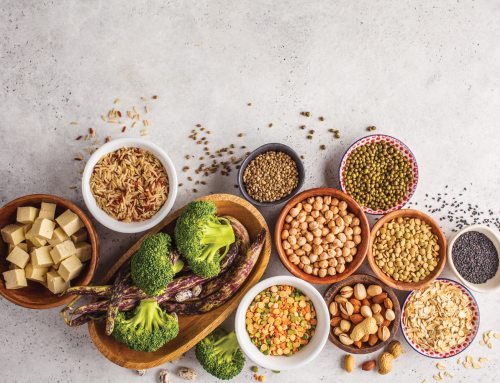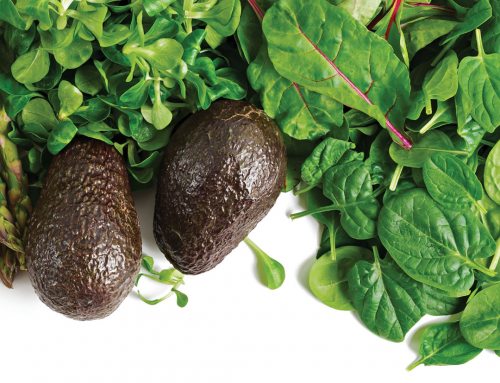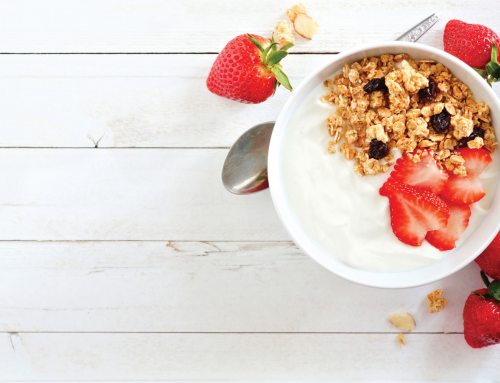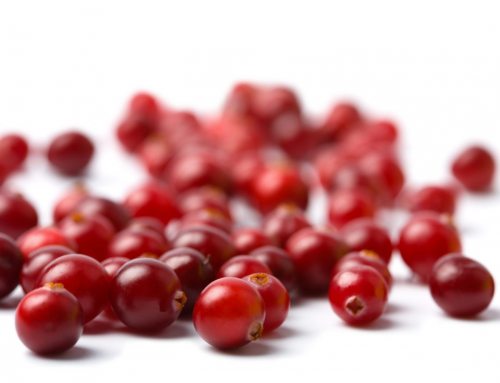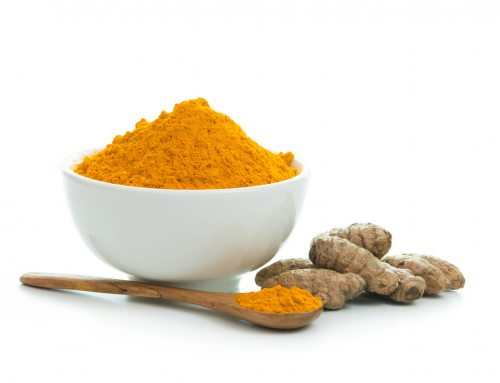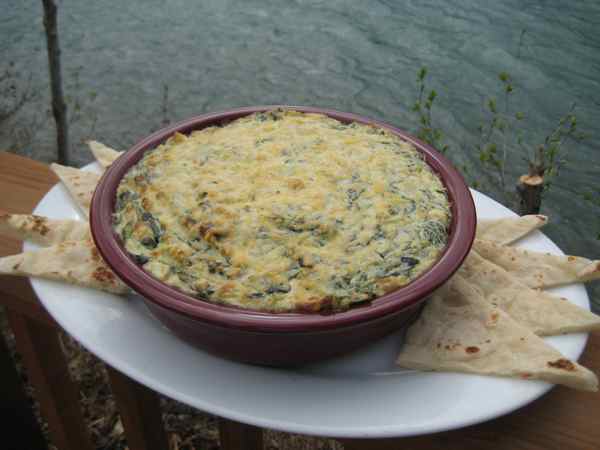
By Brandon McDearis
This month’s recipe is a lightened-up version of a classic party food. Spinach artichoke dip always feels like a guilty pleasure, as it should, since it usually consists of mostly cheese and mayonnaise. However, with a little adjustment, the flavor can remain without the regret and the sluggishness that often follow too many scoops of dip from the hors d’oeurves table. By cutting down on the fat in the cheese and substituting Greek yogurt for the mayonnaise, along with increasing the amount of vegetables and spices, the nutritional quality of this spinach artichoke dip can quickly rise. Feel free to add some fresh herbs, such as oregano or mint if you have them handy, and don’t be nervous if you think a little more Parmesan is necessary. This recipe leaves some room for added naughtiness. Serve hot with whole-wheat crackers or vegetable sticks.
Ingredients:
- 1 medium yellow onion, diced
- 2 cloves garlic, minced
- 4 cups of fresh spinach, tightly packed
- 1 cup canned artichokes
- 1/4 cup white wine
- 1/2 cup low-fat cream cheese
- 2 tablespoons Parmesan cheese
- 1 cup plain nonfat Greek yogurt
- 1 tablespoon olive oil
- 1 teaspoon lemon juice
- 1/2 teaspoon granulated garlic
- 1 teaspoon red pepper flakes
- 1/2 teaspoon onion powder
- salt and pepper to taste
Preparation:
1. Saute the onion in the tablespoon of the olive oil in a large pan at medium-high heat until soft and translucent. Add the garlic and continue sauteing for about another minute. Reduce heat to medium-low and wilt spinach a handful at a time. Add the artichokes and white wine and cook for about 2 more minutes until most of the liquid has evaporated. Increase the heat if needed.
2. Transfer the mixture to a mixing bowl and incorporate the two cheeses, the yogurt, and the lemon juice with a paddle. Season with salt, pepper, granulated garlic, onion powder, and red pepper flakes.
3. Transfer to a small casserole dish that has been sprayed with cooking spray. Sprinkle more Parmesan over top if desired. Bake at 400 degrees for 10 to 15 minutes or until hot.
Nutrition Info: Calories: 135 / Fat: 6g / Saturated Fat: 2g / Carbohydrates: 16g / Fiber: 3g / Protein: 6 g
# # #
Brandon McDearis is a personal chef working in the Charlotte area. He currently owns and operates Your Way Cuisine, http://www.yourwaycuisine.com. In addition to his culinary training, Brandon also holds a Bachelor of Science degree in foods and nutrition, with a concentration in dietetics. He primarily focuses on healthy cooking and addressing specific dietary needs of everyone from professional and amateur athletes, to busy families and elderly people. Brandon is also one of the board of directors for Wellspring International Outreach (wellspring-outreach.org) and works with a group of others to raise money for the abandoned children of Peru.
Spinach, One of Nature’s “Super Foods”
In addition to being tasty, spinach’s popularity stems from its high nutritional value. Not only is spinach low in calories, it is also a good source of essential nutrients such as vitamins A and K, as well as calcium and iron. Iron and calcium in plant foods are not highly absorbed by the body, and spinach contains a chemical called oxalic acid that binds with iron and calcium and reduces the absorption of these minerals. To improve iron absorption, spinach should be eaten with vitamin C-rich foods such as orange juice, tomatoes, or citrus fruit.
Selection
At the supermarket, you can find spinach packaged fresh, canned, or frozen. Fresh spinach is usually found loose or bagged. For the best quality, select leaves that are green and crisp, with a nice fresh fragrance. Avoid leaves that are limp, damaged, or spotted. If you are in a rush, grab a bag of fresh pre-washed spinach. The ready-to-eat packaging makes it easy to be on the go and still stay healthy.
Storage
Spinach grows in sandy soil, so wash it thoroughly to get rid of the grainy particles. Make sure to tear off the stem. Separate the leaves, and place them in a large bowl of water. Gently wash leaves, and let the sand drift to the bottom of the bowl. Remove leaves from the water, and repeat the process with fresh water until the leaves are clean.
If spinach is to be eaten raw, dry it completely by using a salad spinner or by blotting it with paper towels. Slightly damp spinach can be steamed or microwaved without adding any additional water.
Dry and pack loosely in a cellophane or plastic bag and store in the refrigerator crisper. If stored properly, it should last three or four days.


